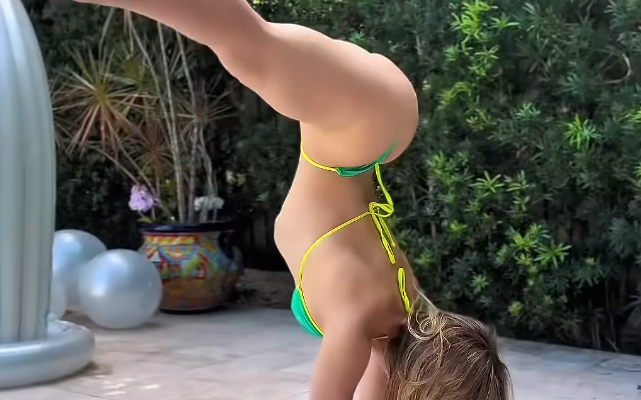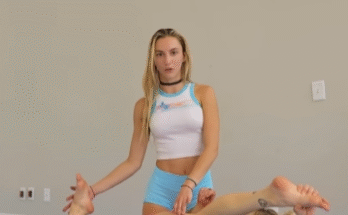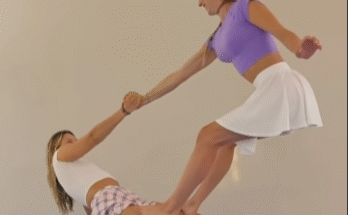When we think about flexibility, our minds often wander to images of yogis performing graceful poses, or athletes demonstrating enviable splits and contortions. But what if the standard of flexibility isn’t limited to the human form? What if, instead, we looked at our beloved pets — particularly puppies — for inspiration? Watching a playful pup twist and stretch with ease can sometimes make you feel as though you’ll never achieve that same level of fluidity. And honestly, there’s something humbling about realizing that the puppy has better form than you.
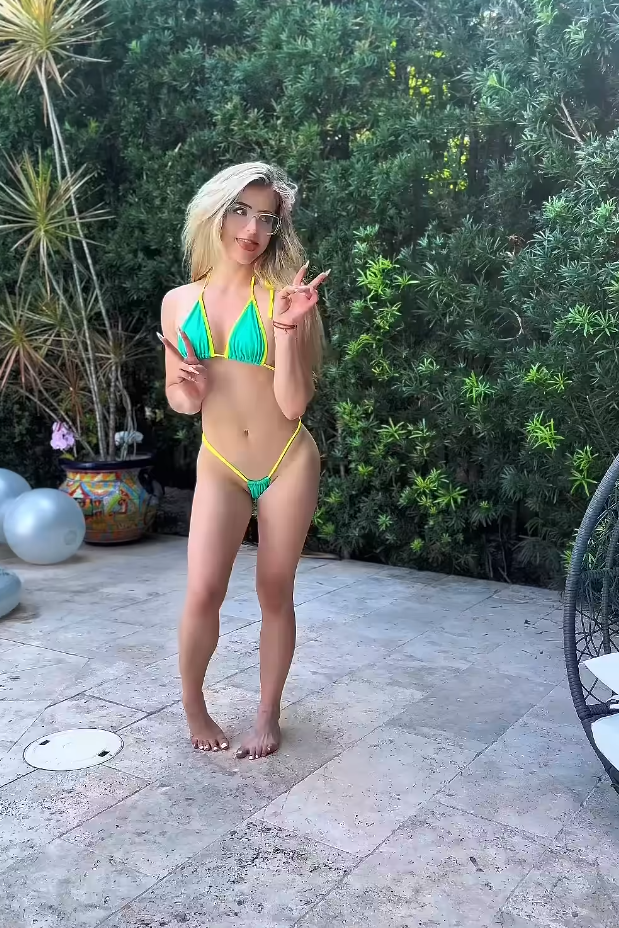
In this article, we will explore the concept of flexibility not only as a physical skill but as a mindset, comparing the unguarded, natural flexibility of a puppy to the human experience of stretching, and why adopting some of the qualities of a puppy might just be the key to unlocking better flexibility.

The Natural Flexibility of Puppies
Puppies are born with an inherent ability to bend and stretch their bodies in ways we can only dream of. A quick look at a puppy playing, whether it’s stretching out to touch its paws with its nose or twisting its body into a perfect bow, is a clear testament to the natural flexibility they possess. From the moment they are born, their muscles and joints are more malleable and resilient, allowing them to perform acrobatic feats with ease.
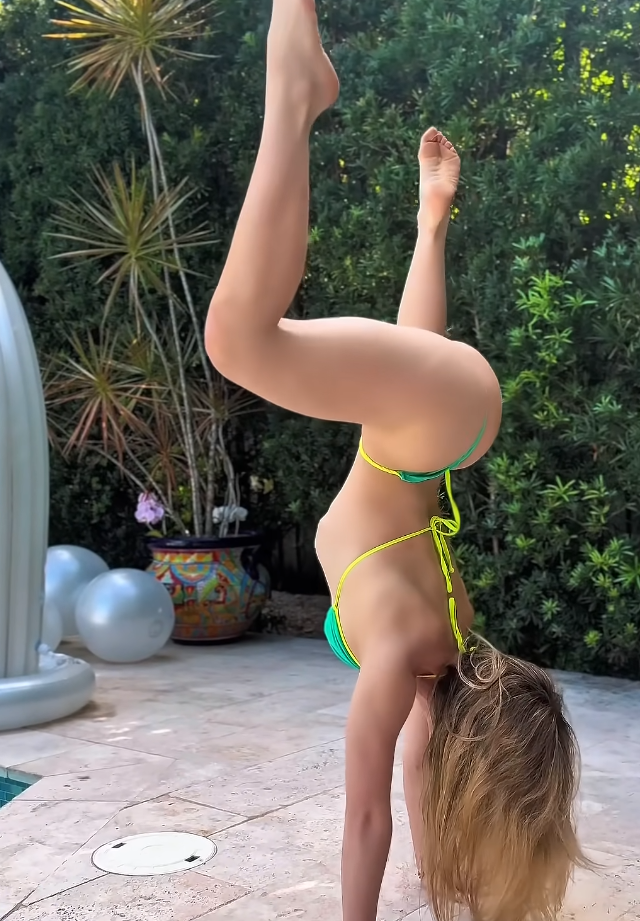
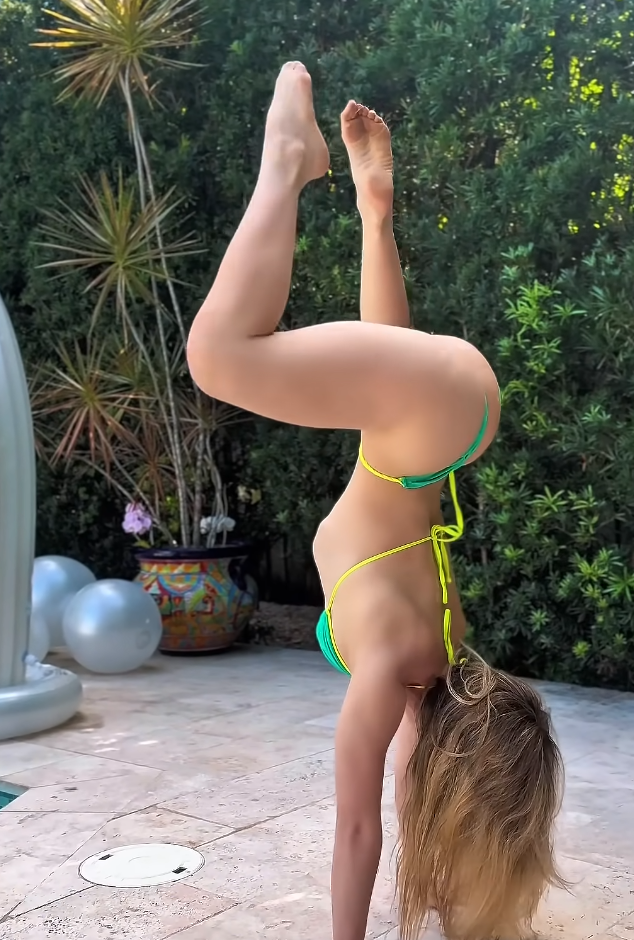
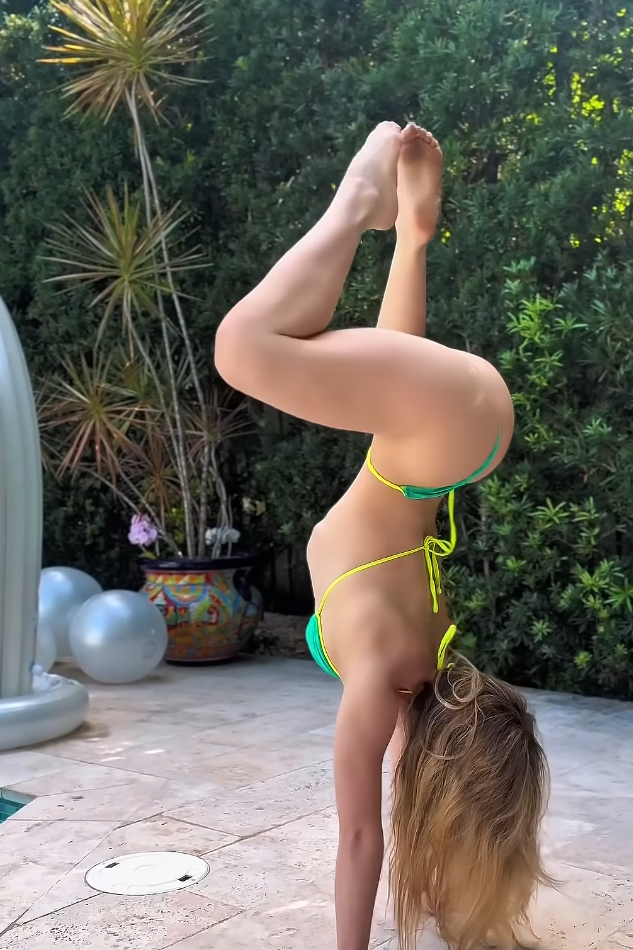
Take, for example, the common puppy “stretch,” where they lift their hindquarters into the air and extend their front paws forward, pushing their chest downward toward the floor. This stretch, which is so commonplace among puppies, is a perfect demonstration of how natural flexibility can be. As adorable as it is, this stretch also serves a purpose — helping to improve blood circulation and stretch out stiff muscles, preparing the puppy for more activity. They don’t hesitate, they don’t think about it — they simply do it.
As humans, we often have to work hard to achieve similar flexibility, and even then, it’s not always as fluid or effortless. We may stretch, but the act of doing so often feels like a forced effort. Why is that? What is it about the puppy’s natural fluidity that seems so unattainable?
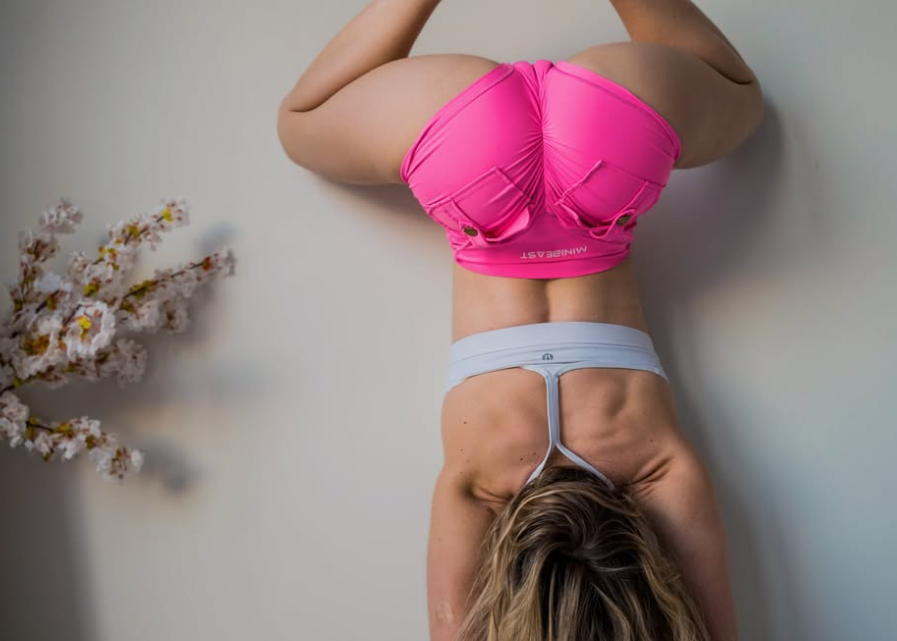
Flexibility Is Not Just About the Body, But About the Mindset
The difference between a puppy’s natural flexibility and the human struggle to achieve it may be rooted not just in physiology, but in mindset. Puppies have no concept of “performance” or “progress.” They simply stretch because it feels good, because they’re in the moment. They aren’t holding onto preconceived notions about what they should or shouldn’t be able to do, nor are they worried about whether their stretch looks “perfect.”
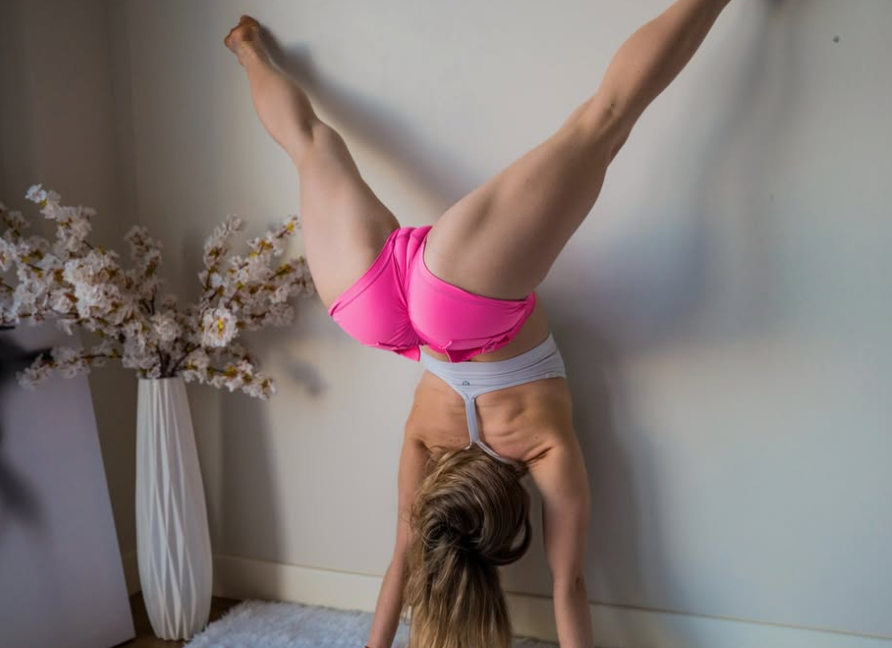
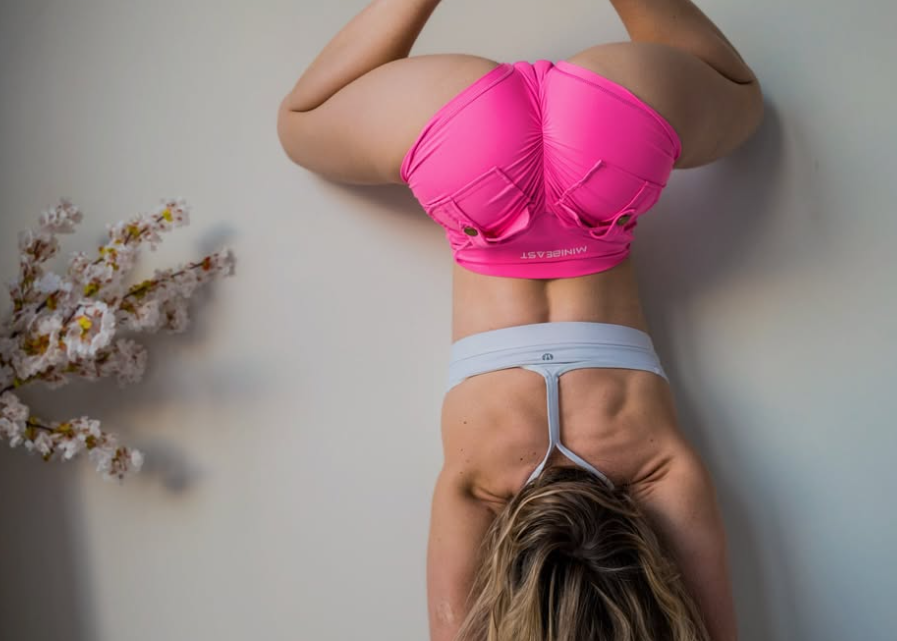
This is where we often trip up as humans — we overthink it. When we attempt yoga or other flexibility exercises, we can’t help but compare ourselves to others, or we worry about how our form looks. The pressure we place on ourselves can become a barrier to achieving the very thing we desire: freedom in movement.
By adopting the mindset of a puppy, we might find that our flexibility improves dramatically. What if we were to approach stretching with the same lack of expectation and judgment as a puppy? Instead of aiming to achieve a perfect split or a flawless yoga pose, what if we focused on how good it feels to move our body, regardless of the outcome?
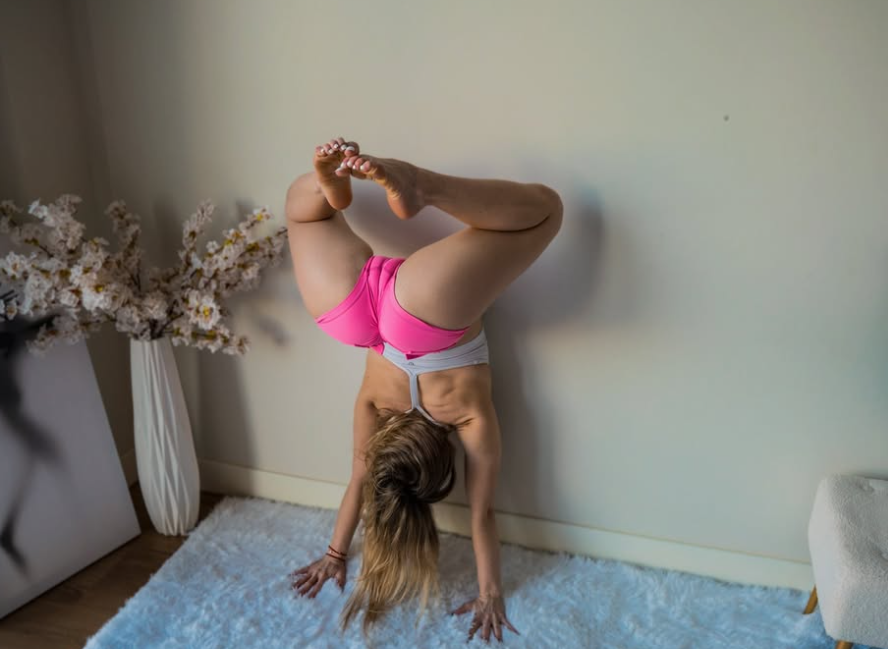
The Power of Play
Puppies also demonstrate a key element of flexibility that we tend to overlook: playfulness. A puppy’s life revolves around play, and that play is rich with physical movement. From chasing after toys to tumbling over one another in sheer excitement, puppies are constantly putting their bodies to work in ways that stretch and strengthen their muscles. Play, unlike structured exercise, allows for freedom and exploration. The unpredictability of play leads to spontaneous movements that naturally improve their flexibility.
As adults, we often lose sight of the importance of play in maintaining flexibility. We might find ourselves in routines that involve repetitive, linear movements, often tied to our work or exercise habits. Over time, this can lead to stiffness, not just physically but mentally as well. The rigid structure of our adult lives can rob us of the flexibility — not just in our bodies, but in our approach to life itself.
To counter this, we can try incorporating more playful movement into our lives. Whether it’s dancing around the living room, playing fetch with a dog, or simply rolling around on the floor, playfulness invites spontaneity and creativity. Just as a puppy stretches before and after a game of chase, we too can benefit from infusing play into our daily routine, making movement feel less like a task and more like an enjoyable experience.
Flexibility Takes Time — and Patience
Even though puppies are born with natural flexibility, they still go through a process of growth and development. As they mature, their flexibility becomes more refined, and they begin to understand how to move their bodies more purposefully. Similarly, as adults, we often forget that flexibility isn’t something that happens overnight. Just because we’re not as flexible as a puppy today doesn’t mean we won’t get there eventually. The key is patience and consistency.
In yoga, flexibility is often described as both a physical and mental practice. The physical stretch is only part of the equation; the mental stretch — the ability to let go of our expectations, the willingness to be vulnerable, and the acceptance of where we are in the present moment — is just as important. Puppies don’t need to have a goal in mind when they stretch; they simply stretch because they enjoy it. This mindset can help us approach our own flexibility journey with more ease.
Embracing the Puppy Approach
So, what can we learn from puppies in terms of flexibility? Perhaps the most important lesson is to embrace the process rather than the result. Puppies don’t worry about how their stretch looks; they just do it because it feels good. They don’t measure their progress or strive for perfection. They enjoy the fluidity of movement, unencumbered by self-criticism.
As adults, we could all benefit from loosening up our rigid approaches to flexibility and instead adopting the carefree mindset of a playful pup. By focusing less on achieving a specific outcome and more on the enjoyment of movement, we might find that our flexibility improves naturally over time. And who knows? One day, you might catch yourself stretching in a way that rivals even the most agile of puppies. It might not be perfect, but it will feel just as good.
Flexibility is more than just a physical trait. It’s a state of mind, an attitude of openness and willingness to move freely through life. So the next time you see a puppy stretching into a perfect bow, take a moment to appreciate the lesson: that flexibility isn’t about form, but about enjoying the process. And if the puppy has better form than you today, that’s okay. Tomorrow is a new opportunity to stretch, play, and grow.
